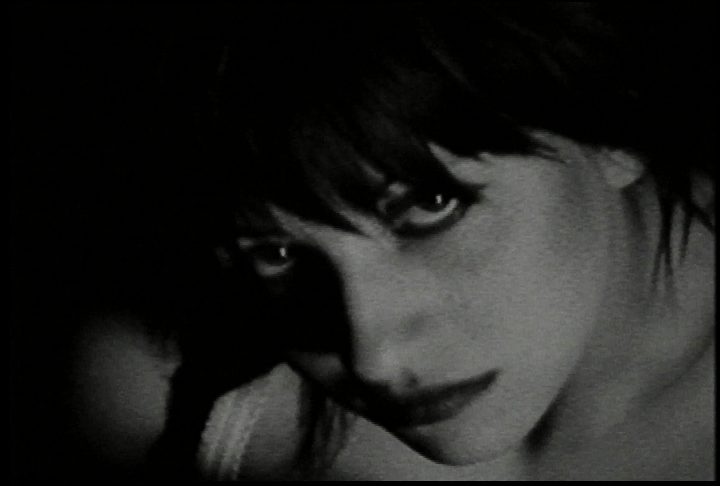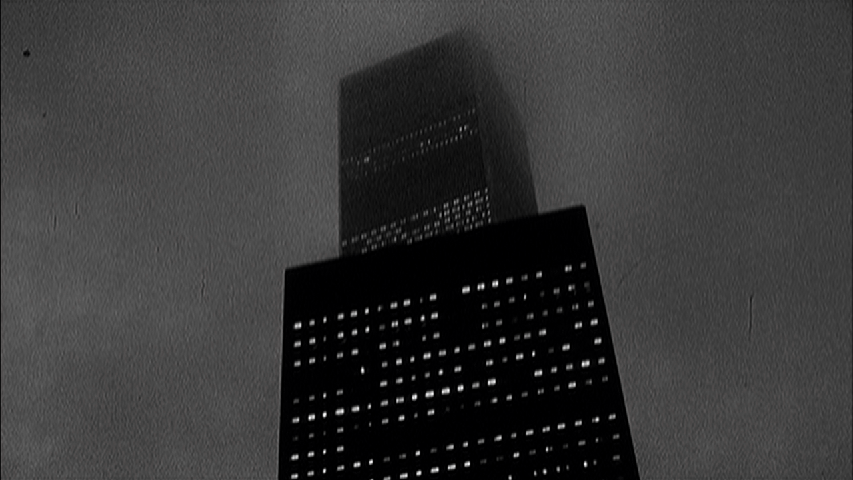Thu 7 Apr 2011
Downtown Chic
Posted by Ethan under Film Review, NYC Film Critic
Comments Off on Downtown Chic
Blank City
Directed by Céline Danhier
***
New York City had it rough all over during the late ‘70s and early ‘80s but the hardest hit neighborhood—apart from virtually the entire Bronx, of course—had to be Manhattan’s Lower East Side. Visitors to that part of town would have been treated to such unwelcoming sights as derelict buildings, rampant crime and drug abuse. On the other hand, the sheer ugliness of the surroundings meant that rents were either dirt cheap or non-existent. That made the area a prime location for the waves of young artists that were still moving into New York even as the rest of the city’s population seemed to be looking for a way out.
Shacking up in tiny East Village apartments and Alphabet City dives, these post-hippie, pre-yuppie youngsters soon established a vibrant arts scene amidst their blighted urban landscape. Though they worked in different mediums, what united them was their resourcefulness. Musicians like John Lurie picked up their instruments and played at local watering holes late into the night; filmmakers like Amos Poe begged or borrowed cameras and film stock and shot entire movies in their apartments starring their friends and neighbors (the cheeky name invented for these films was “No Wave Cinemaâ€); and visual artists like Jean-Michele Basquiat used the streets as their canvas. The work they created was rough, jagged and sometimes downright amateurish, but it also pulsated with an energy that could only come from downtown New York.
The tale of this brief, but influential movement is ably told in Céline Danhier’s new documentary Blank City. Packed with vintage film clips, rare outtakes and new talking head interviews with many of the surviving artists from that time—among them, director Jim Jarmusch (an early No-Wave acolyte before morphing into an indie film darling), actor Steve Buscemi, singer Debbie Harry and photographer Richard Kern—the movie plays like the cinematic equivalent of a well-curated museum exhibit. Dahnier hits all the major events and figures of that era, while still leaving room to mosey down lesser-known avenues. The movie’s second half, for example, devotes a great deal of time (perhaps too much, to be honest) to the Cinema of Transgression, a school of underground film that prided itself on extreme shock value. While the genre’s founder Nick Zedd apparently declined to appear in the documentary, Lydia Lunch, one of its leading ladies, does sit before Danhier’s camera and discusses her former notoriety with a noticeable bemusement—an attitude that many of the now-older men and women interviewed here share.
While Blank City’s overall tone is celebratory, Danhier doesn’t entirely shy away from some of the less admirable aspects of her subjects’ lives. Drug addiction, for example, was a major problem and resulted in the premature silencing of a number of important creative voices, most famously Basquiat, who died of a heroin overdose when he was just 27. Professional envy also upset the positive communal vibes as some artists started to gain attention—and more importantly, money—for their work while others languished in poverty. One gets the sense that a far more bitter and cynical documentary could have been made about this era, one that portrays how even the purest of artistic movements can be derailed by human foibles. But that approach would be cutting against the larger spirit of the time Danhier is seeking to capture. Despite what happened later, those brave (or, if you prefer, foolhardy) young souls that claimed lower Manhattan in the early ‘80s drew on their limited resources to produce some striking works of art that still feel vital and relevant today. More importantly, that work captures a version of the Lower East Side that’s no longer there, displaced by Whole Foods outlets and new condos. Blank City may not make you want to return to that vanished era, but it does give you a vivid sense of what has been lost.
Blank City is currently playing at New York’s IFC Center and will open in additional cities in May.



No Responses to “ Downtown Chic ”
Sorry, comments for this entry are closed at this time.